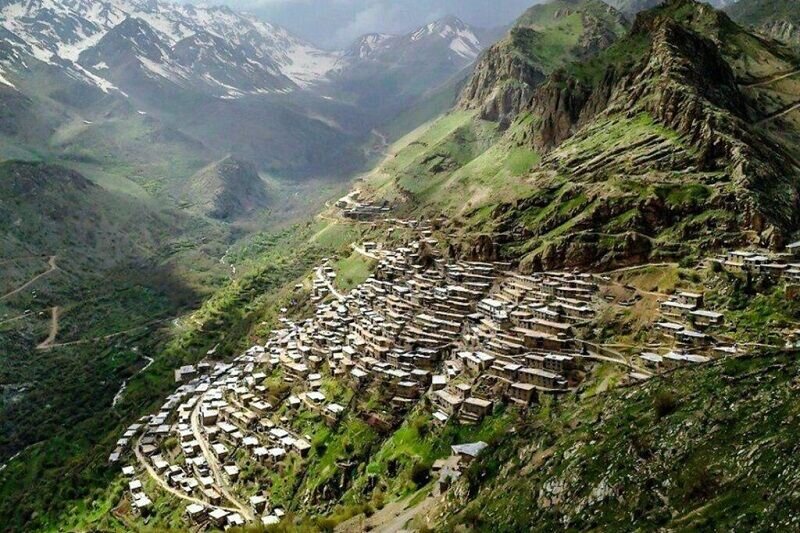Experts from Iran, Germany hunt for archaeological clues in Uramanat

TEHRAN – A team of archaeologists from Iran and Germany has carried out a field survey in Uramanat, an ancient rural region in western Iran, which earlier this year was named a UNESCO World Heritage.
The survey was intended to shed new light on the history of Uramanat by unearthing remnants of historical monuments and relics, ISNA quoted the director of the World Heritage site as saying on Tuesday.
It yielded the discovery of “several” archaeological sites and objects yet it resulted in a change in the chronological sequence of several previously-found ancient sites, Pouya Talebnia added.
Moreover, several historical fortresses and their legal properties were demarcated during the survey, which was co-directed by Talebnia and Shelir Amelirad from Heidelberg University, the report said.
Carried out during December and November, the survey also contributed to the enrichment of the “pottery bank” of Uramanat, Talebnia said.
Stretched on the slopes of Sarvabad county, and shared between the provinces of Kordestan and Kermanshah, the rural area embraces dense and step-like rows of houses in a way that the roof of each house forms the yard of the upper one, a feature that adds to its charm and attractiveness.
Last September, Hessam Mahdi, the representative of the International Council on Monuments and Sites (ICOMOS) said that he was “impressed” by the status of the rural landscape during his visit. He made the remarks on the sidelines of a visit to the western province of Kermanshah. “I am proud of being chosen to assess the case and traveling to Iran as I could visit the local people in the region.”
Local officials and travel insiders believe that inscription of the property on the prestigious list of the UN body could jumpstart tourism in the region and also look at it as a tool for better conservation of its natural landscapes and unique cultural scenes for the next generations, saying its unique rural texture, architecture, lifestyle, and agriculture is a prominent example of the integration of man into nature.
The Islamic Republic expects to reap a bonanza from its numerous tourist spots such as bazaars, museums, mosques, bridges, bathhouses, madrasas, mausoleums, churches, towers, and mansions, of which 26 are inscribed on the UNESCO World Heritage list. Under the 2025 Tourism Vision Plan, Iran aims to increase the number of tourist arrivals from 4.8 million in 2014 to 20 million in 2025. The latest available data show eight million tourists visited the Islamic Republic during the first ten months of the past Iranian calendar year (ended March 20).
AFM

Leave a Comment